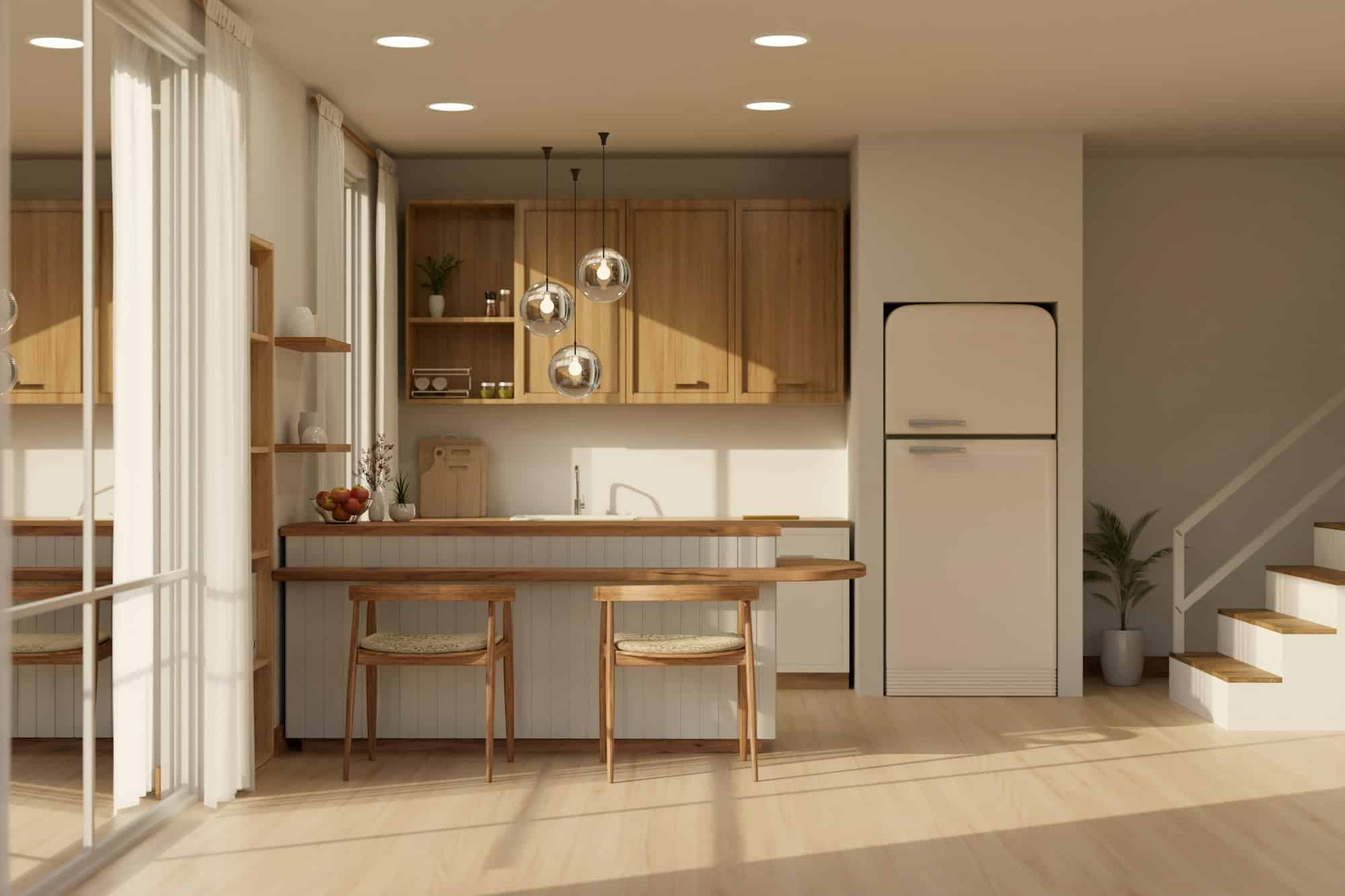Interior design in Philadelphia: Between tradition and innovation

Philadelphia is a city renowned for its rich history and diverse culture. It is also a hotbed of creativity and innovation in interior design. Talented designers draw inspiration from the city's historic heritage while pushing the boundaries of design with new approaches and techniques. This article charts the remarkable dynamic between tradition and innovation in Philadelphia interior architecture, highlighting case studies and emphasising the importance of striking a balance between the two.
The historical legacy of interior architecture
Philadelphia is home to a remarkable wealth of architecture, with buildings dating from the Colonial, Georgian, Victorian and Art Deco eras. In Philadelphia the field of interior design beautifully navigates between tradition and innovation.
A lire également : Elevate your home with the minimalist charm of grey
Historic buildings are a major source of inspiration for interior designers, who often incorporate original architectural elements into their creations. Ornate plaster mouldings, marble fireplaces and hardwood floors are just a few examples of the traditional elements found in Philadelphia interiors.
New approaches and innovative techniques
Despite its rich heritage, interior design in Philadelphia is not frozen in time. Today's designers are exploring new approaches and innovative techniques to create spaces that are both elegant and functional. The use of sustainable materials, the integration of intelligent technologies and the creation of open, light-filled spaces are just a few examples of these innovations.
Dans le meme genre : Urban exploration : a complete guide to graffiti mural Art
Case studies of projects combining tradition and innovation
A number of interior design projects in Philadelphia are perfect examples of how designers are harmoniously integrating tradition and innovation.
Restoration of the Rittenhouse Hotel
This project involved renovating a historic hotel while breathing new life into it with modern designs and state-of-the-art facilities. The designers preserved the original architectural elements while adding contemporary touches to create an elegant and welcoming space.
The main challenge in restoring the Rittenhouse Hotel was to preserve its historic character while modernising it to meet the expectations of today's travellers. The designers met this challenge by meticulously renovating the original architectural features, such as the marble façade, ornate plaster mouldings and marble fireplaces. They then added modern touches, such as high-quality lighting, contemporary furniture and high-tech equipment.
The result is a hotel that is both beautiful and timeless, perfectly reflecting the soul of Philadelphia. The spacious guest rooms and suites are decorated in a range of soothing neutrals, enhanced by splashes of vibrant colour and luxurious patterns. The marble bathrooms are lovely places to be, with deep soaking tubs and walk-in showers.
Converting a warehouse into lofts
A remarkable example of this trend is the conversion of the Callowhill warehouse, located in the trendy Callowhill district of Philadelphia. Built in 1920, this red brick warehouse was once used to store goods. In 2015, the warehouse underwent a complete renovation, transforming it into 20 stylish residential lofts.
The designers retained the original wooden structure and brick walls while adding modern features such as large windows, open kitchens and bathrooms.
The Callowhill warehouse lofts are spacious and bright, with high ceilings and large windows that allow natural light to flood the space. The lofts also offer spectacular views over the city, contributing to their unique charm.
The conversion of the Callowhill warehouse was a resounding success. The lofts sold out quickly and are now highly sought after by young professionals and artists. This project demonstrates the potential of converting warehouses into residential lofts and is helping to revitalise the Callowhill district.
Creating an indoor garden in a town house
This project involved creating a lush indoor garden in a historic townhouse. The designers used skylights, hanging plants and green walls to create a green oasis in the heart of the city.
The Residences at The Franklin
The Residences at The Franklin, an iconic residential complex, perfectly embodies this alchemy between classicism and modernity. Its communal spaces, reinvented by a team of renowned designers, perfectly combine historic architectural details with the most cutting-edge innovations. While paying homage to the building's neoclassical architecture, they have incorporated touches of contemporary design, avant-garde lighting and cutting-edge technology.
Blown-glass pendant lights sit side by side with trendy furniture. This encourages a stimulating dialogue between past and present. The space is bathed in generous natural light, captured by large windows that emphasise the grandeur of the volumes. This balance gives the Franklin residences a warm atmosphere that reflects the city of Philadelphia.
Fairmount Park Conservatory
Another eloquent example is the Fairmount Park Conservancy, which has successfully transformed a magnificent Victorian mansion into a trendy cultural centre. The designers were able to preserve the integrity of the building while infusing it with a resolutely modern aesthetic, notably through the use of innovative materials and novel spatial compositions.
The high ceilings and original framework were highlighted, the aim being to create an attractive contrast with contemporary elements such as glass partitions and minimalist lighting. The use of rough-hewn wood, metal and stone gives the whole a traditional yet modern feel that perfectly reflects the spirit of the place. This happy marriage of styles invites visitors to discover the history of Philadelphia while immersing them in a resolutely modern experience.
The importance of balance
The very essence of Philadelphia interior design lies in its ability to strike a subtle balance between tradition and innovation. The best projects draw on the city's rich past while opening the way to new creative expressions. This balance preserves the soul of the space while propelling it into the future, providing a unique experience for its occupants.
Conclusion
Philadelphia, a veritable laboratory for interior design, embodies the art of elegantly reinventing spaces from the past. From the preservation of historical witnesses to the exploration of new aesthetic frontiers, the city is leading the way in interior design. A veritable crossroads of influences, it inspires designers from all over the world, injecting an exciting dynamic into the world of interior design.
